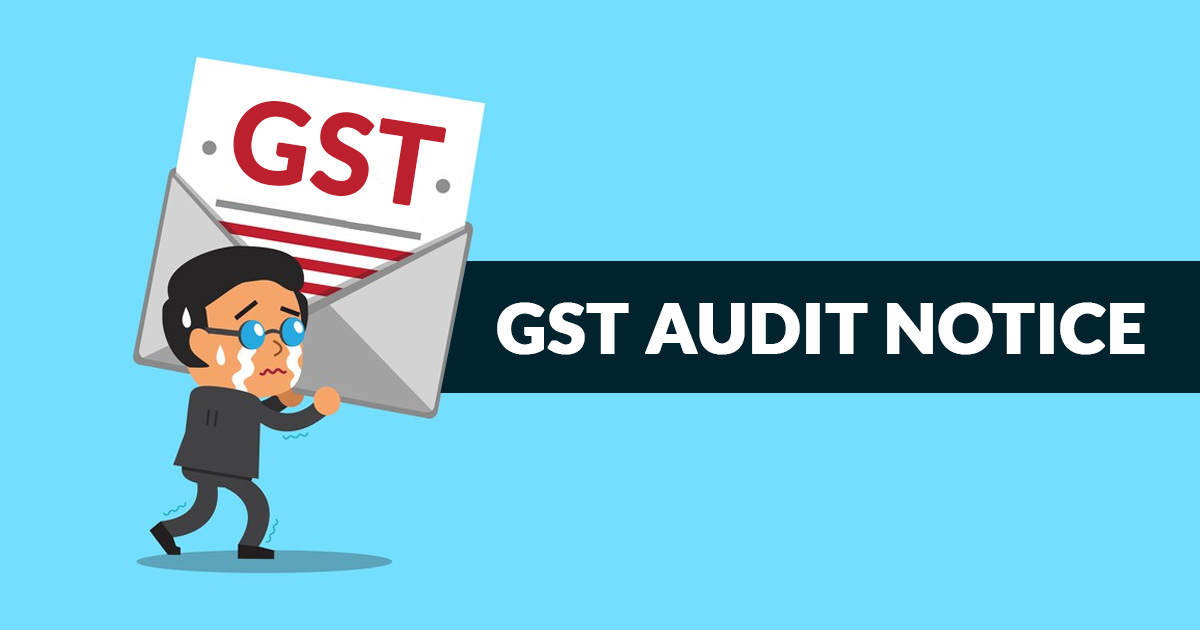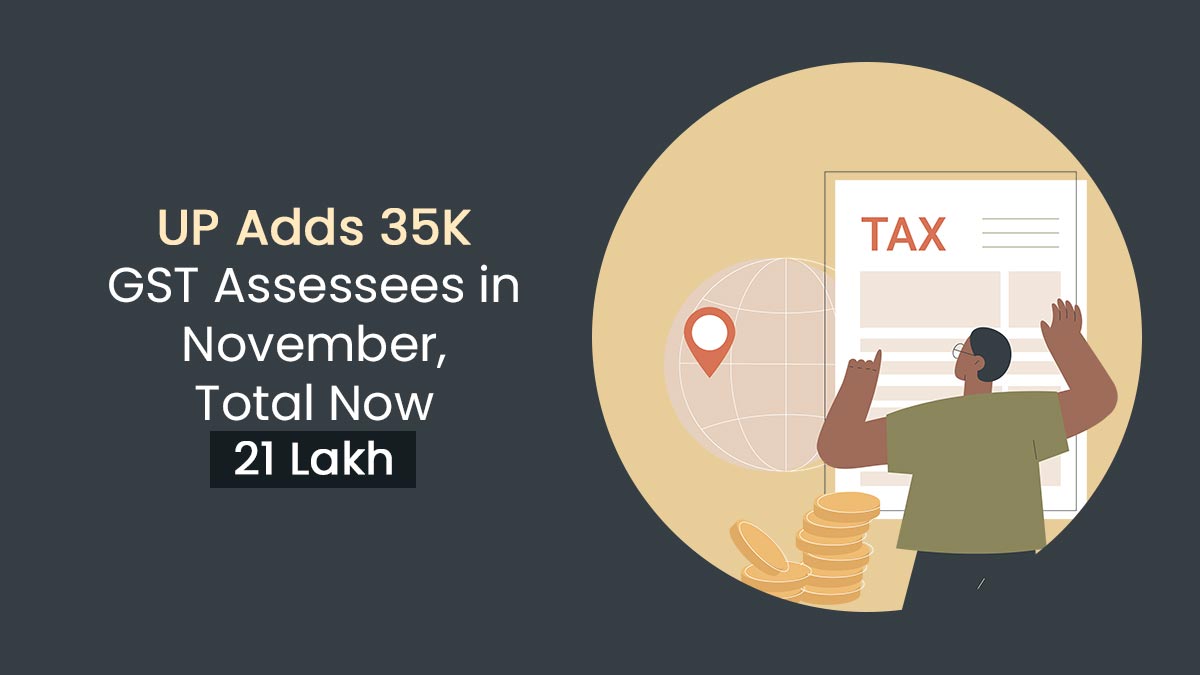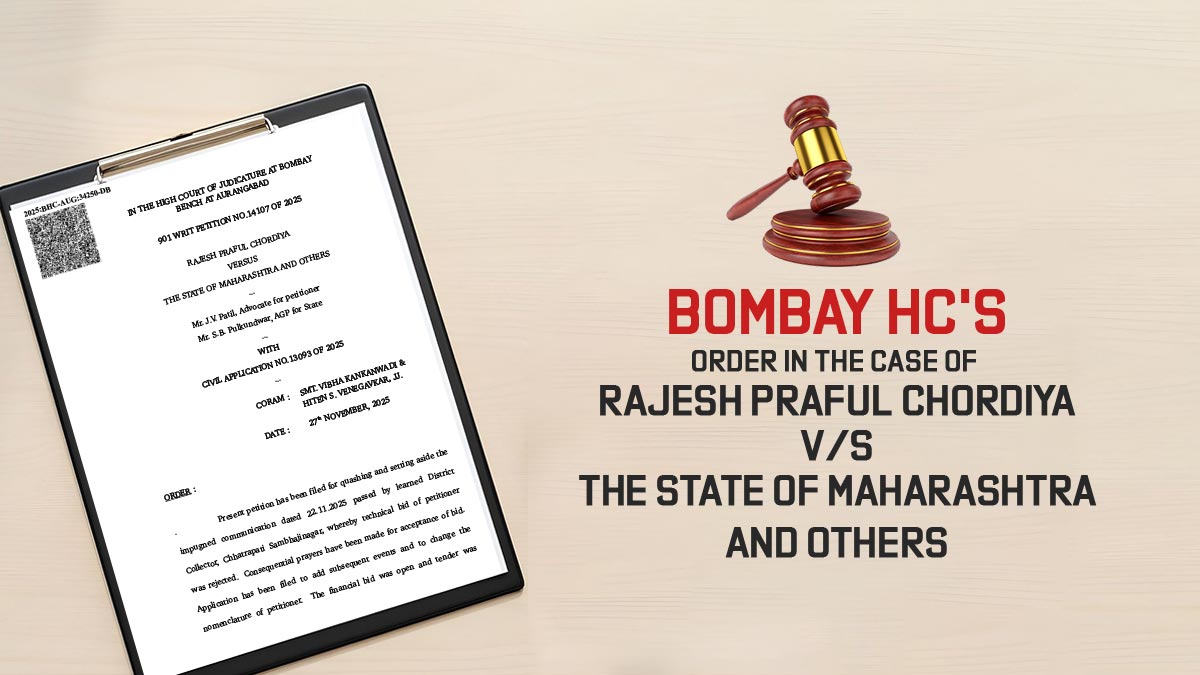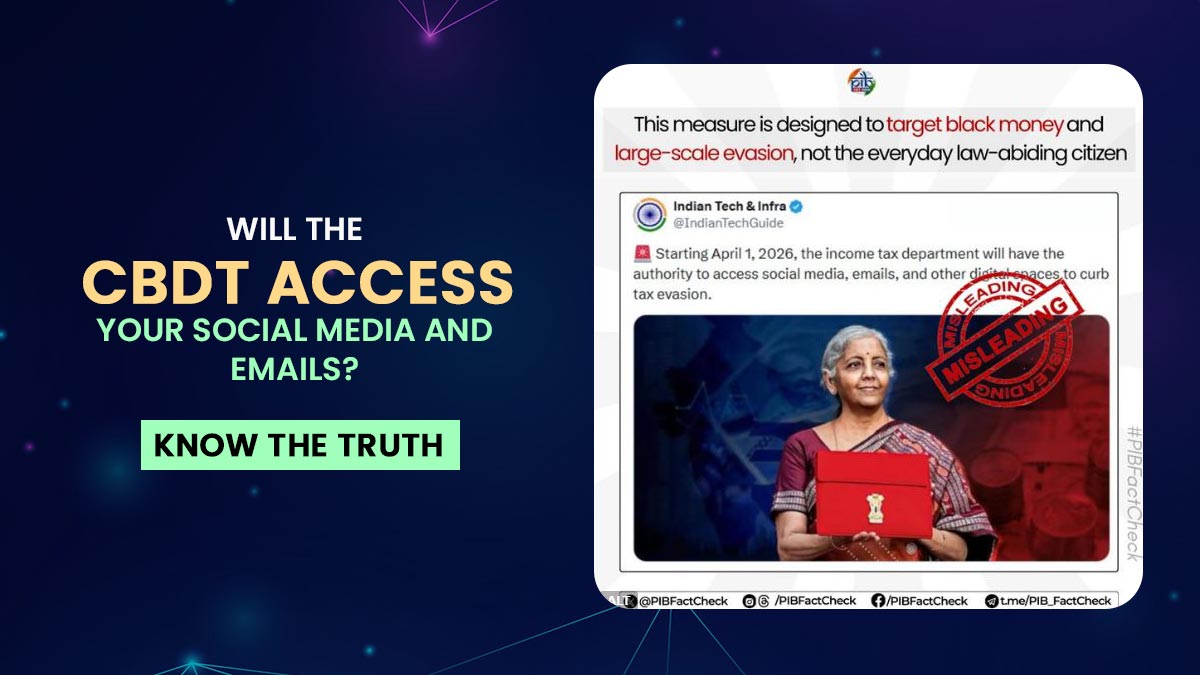
In the context of reducing the tax collections between the bogus invoicing and fake input tax credit, the GST council has now provided the notice to the assessee to conduct an audit.
They sought details about the credentials from businesses concerning the fiscal years 2020-21 and Onwards.
Latest Update
- The Orissa High Court allowed an assessee to file his reply under section 65(4) of the GST Act after the GST department issued a draft and final GST audit report on the same day. Read Order
- Jharkhand High court has issued an order for the M/s Shyam Hardware Store. The order said an examination report cannot be handled as a proper show cause notice for CGST Act purposes. Read More
The audit consists of an examination of the assessee’s accounts and visits to the campus or offices. Section 65 of the Central Goods and Services Tax Act needs an authorized officer to provide a 15-day notice prior to initiating the audit and complete the same in 6 months.
The assessee has been questioned by the GST officers to provide copies of financial statements, GSTR-1 and 3B returns TRAN-1 form for transitional credit and with GSTR-9 yearly return. Below are the businesses that need to be ready for the GST audit.
What Should the Assessee Get Ready For?
The assessee has proper credential planning to face the inquiry from the council. It is because the department has given only 15 days for furnishing the replies, said the experienced people. Nirmal Singh of tax consultancy firm Nangia Andersen LLP states that the audit consists of provoking investigation of tax records and processes. This will be much more difficult for the assessee who has various operations.
The various approaches taken by the state GST officials sum up the difficulty. Jigar Doshi, partner at tax consultancy TMSL LLP comments that some state authorities have undergone asking the internal control measurement, stock count, and other things that might look to be different from the indirect tax audit.
Lack of uniformity and non-standardized notices received from different state GST authorities hardly depict that “we have moved to a uniform tax regime,” he said.
The following questions can be asked by the GST department
- Annual Report, Trial Balance, and Balance Sheet for the respective financial year with respect to Business carried out and transactions.
- Income Tax Returns, Income Tax Audit Report of the respective financial year and Bank Statement(s) of the Year under Audit.
- Copy of Supply Ledger and Receipts ledger in Excel sheet, clearly classifying the date of supply, narration, name of goods/ services, HSN code and its tax rate with specific entries in the tax rate schedule. (soft copy) Furnish copies of all receipts/ supply invoices. Clearly state if any exempt supply with a specific entry in the schedule.
- Copy of the ITC ledger for the respective financial year clearly identifying goods/ services and their tax rate in Excel and physical format.
- Copy of All Purchase Invoices on which ITC Claimed for the year.
- Copy of data file/backup of tally accounting software for the respective financial year.
- Books and accounts regarding outward and inward supplies (sale and purchase) along with copies of tax invoices and accounts of output tax payable and paid, as well as input tax credit available and availed.
- Copy of self-invoices raised for RCM, if any.
- Detailed chart of all compliances of GSTR3B, GSTR1, ITC-02, ITC04, GSTR 9 and 9C clearly stating the date of filing and amount of tax, interest paid/ due and late fee paid/ due (if any).
- List of Creditors and details of Supply and Payment during the year in an Excel sheet.
- Details of reversal of ITC made by taxpayer clearly stating the reasons (if any).
- Elaborated details of Supply of goods or services or both between related persons or between distinct persons as specified in Section 25.
- Information about unbilled revenue generated during the year, advances received and adjustments made with bills issued.
- Details of advances reconciliation with GSTR-1.
- Bank reconciliation statement clearly identifying all transactions in such statement.
- Details of Services made and received.
- Information about Debit and Credit Notes and its effects.
- Details of Claim Settle down.
- Account of Input Tax Credit availed.
- Commodity-wise Stock Register.
- Complete details of Exempted and non-GST supply made during the relevant period.
- Details of Delivery Challan through which goods sent on Job Work and received.
- Copy of Job Work Register.
- Expenses Ledger and Related Tax Invoices.
- Details of assets disposed off/addition during the respective financial year.
- Details of Imports and GST paid/ITC availed on it.
- Details of Exports and GST Paid or against LUT for the same.
- Copy of Contract(s) given or Contract signed with Government.
- Details of Labour Cess deposited.
- Details of ISD received and its ratio.
- Copy of ISD/Cross Charge Invoices received/issued.
- Details of the amount paid to directors-Salary, remuneration /other than remuneration.
- Details of Cess paid.
- Details of TDS/TCS received and Relevant Tax Invoices with reconciliation with returns.
- Details of Government/Private Works Contract, if any.
- Any other information relevant to Business.
- Details of wastage/scrap material generated through production/Manufacturing process, if any
- Details of Refund obtained from Department/Customs(All details and related documents)
- Any other relevant information
What is the Method of Responding to the Taxpayer?
GST council overtook the assessee for auditing particular parameters such as turnover, risk factors, credit utilization, and alerts generated through the GST platform. If the assessee opts for the council problems notice needs to compose sufficient credentials for proving the activities in the reporting time.
It is totally based on the cases about the need for more documents the council might be sought for the particular documents with the potential documents the assessee should have to manage the state-wise master file said, Nirmal Singh.
The master file should include documents such as financials, income tax and transfer pricing audit reports, copies of GST returns, tax credit register, sample agreements with customers, and a summary of payment conditions to customers.
The transaction documents comprising the manufacturing process, invoices, and E-way bills must also be maintained by the assessee.
Let us suppose A retailer has an engagement all across 29 states of India. It is on the basis of central and state GST in all the states. The same is to say that it will plan goods for local suppliers in every state. Central or state GST authorities might seek the details and thus a state-wise master file is needed for the audit.
What Should Taxpayers Account For?
In arrangement for a GST audit, companies should concentrate on two fundamental aspects- tax positions and utilization of input tax credit.
Tax Sites: The goal of a GST audit is to check whether an assessee has stuck to government notifications and court patterns.
The government ltd claims the input tax credit on missing the invoices of 10% of the liable credit generated from the details on the valid invoices. Various input goods and services can be classified again which results in the reduction or rise in the GST rates.
“This is the right time for taxpayers to corroborate tax positions by conducting a GST health check review for key tax policies. In case of any discrepancies, tax can be paid along with applicable interest. Businesses may avoid attracting penalties if this is already done prior to receiving an audit notice.” said Jigar Doshi, partner, of TMSL LLP.
Moreover, the court said that the legacy problems of the service tax and VAT era shall also be related to the extent even in the GST arrangements.
Tax credit: the gone examinations through the council have found vanishing and non-tracing of the exporters who involve in the tax credit were bogus by presenting fake exports. The trade organization Federation of Indian Exporters Association seeks that some of its people might have been using the tax credit in the wrong manner.
The assessee shall settle the turnover reported in the audited financials and the one who has reported in GST returns to make sure that the supplies lying within the GST act are correctly reported.
“Businesses must carry out reconciliation between GSTR-2A (monthly returns on purchases) & GSTR-3B (monthly return on inward and outward supplies) to ensure that only eligible credits have been availed. Any gaps arising on account of such reconciliations must be identified and documented.”
The assessee should also monitor the payment of the vendor entitled as the input tax credit availed on the due invoices far away 180 days from the invoice details is applicable for refusal.









